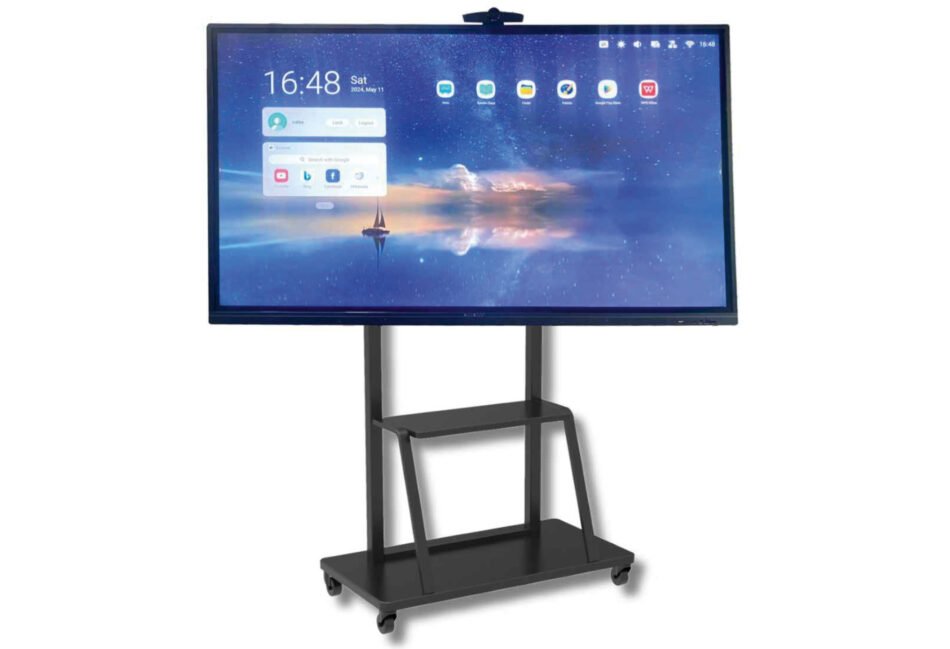OPS PC for Interactive Panel: Revolutionizing Smart Display Technology
As technology continues to evolve in both educational and corporate sectors, the demand for smarter, more efficient display solutions has surged. One innovation that stands at the forefront of this revolution is the OPS PC (Open Pluggable Specification PC) designed specifically for interactive panels. Seamlessly combining performance and modularity, OPS PCs are transforming how users interact with large-format touch displays in classrooms, meeting rooms, and collaborative spaces.
What is an OPS PC?
An OPS PC is a compact, modular computer unit that plugs directly into an interactive panel via a standardized OPS slot. Developed by Intel, the Open Pluggable Specification (OPS) was introduced to simplify the integration and upgrading of digital signage and interactive displays. By eliminating the need for external devices and complex wiring, OPS PCs provide an all-in-one computing solution for interactive flat panels (IFPs).
Key Benefits of OPS PC Integration
1. Plug-and-Play Simplicity
OPS PCs are designed for quick installation. With a simple slide-in mechanism, users can insert the OPS module directly into the panel without external power cables or HDMI connections. This not only streamlines setup but also reduces maintenance downtime.
2. Enhanced Performance
Modern OPS PCs are equipped with powerful processors such as Intel Core i5, i7, or even newer-generation chipsets. Paired with SSD storage and high RAM capacity, they can handle demanding applications like 4K video playback, digital whiteboarding, collaborative editing, and advanced educational software with ease.
3. Compact and Modular Design
Unlike traditional PCs or laptops connected via multiple cables, OPS PCs are compact and modular. This reduces clutter, enhances aesthetic appeal, and simplifies future upgrades—users can simply swap out the old module for a new one.
4. Seamless Interactivity
When paired with touch-enabled panels, OPS PCs enable smooth, real-time interaction. They support gesture control, pen input, multi-touch capabilities, and screen sharing functionalities, making them ideal for teaching, training, and presentations.
5. Compatibility and Versatility
OPS PCs are compatible with a wide range of operating systems including Windows 10/11, Linux, and Android-based platforms (in certain variants). This allows users to tailor the panel environment to their specific needs, whether it’s for enterprise collaboration or immersive classroom learning.
Applications Across Industries
-
Education: Interactive panels powered by OPS PCs bring dynamic teaching tools into the classroom. Teachers can annotate lessons, display multimedia, and engage students with interactive content.
-
Corporate: In boardrooms, OPS-enabled panels support video conferencing, data analysis, and collaborative work sessions—transforming traditional meetings into productive digital experiences.
-
Retail & Digital Signage: For advertising and interactive kiosks, OPS PCs offer a reliable, upgradable engine for running content-rich displays and real-time updates.
Future Outlook
As digital transformation continues to shape user experiences, the role of modular computing in interactive displays will become increasingly critical. OPS PCs provide a scalable, future-proof solution for organizations investing in interactive technologies. With trends pointing towards hybrid learning, remote collaboration, and AI-powered interfaces, the combination of OPS PCs and interactive panels is poised to be a mainstay in smart display ecosystems.
Conclusion:
The OPS PC is not just a convenience—it’s a technological enabler. By offering high performance, ease of use, and seamless integration with interactive panels, it is setting new standards for smart communication and engagement across various sectors. Whether in classrooms or boardrooms, OPS PCs are powering the future of digital interaction.

